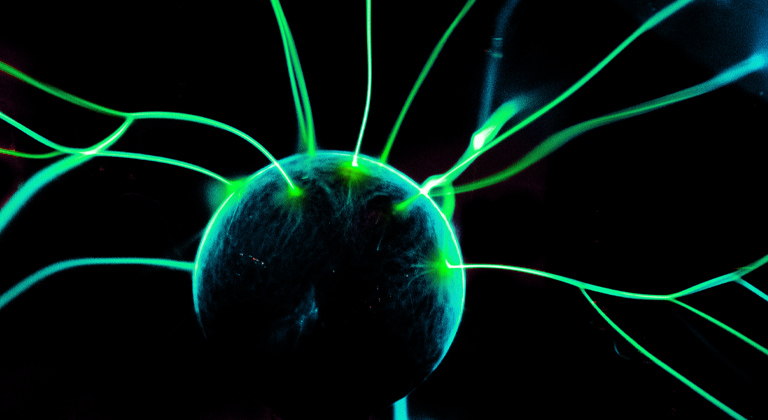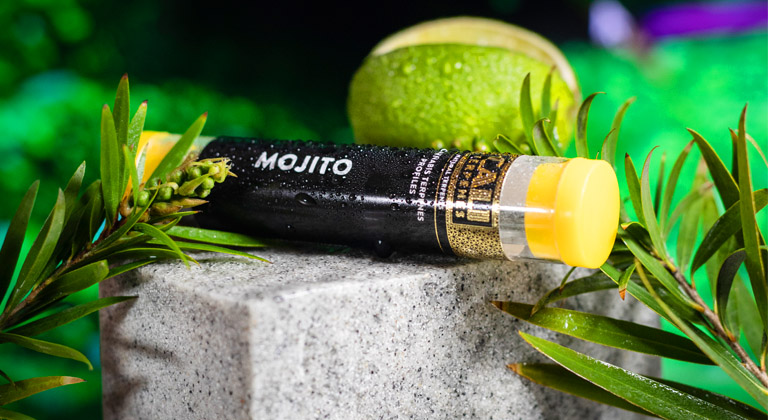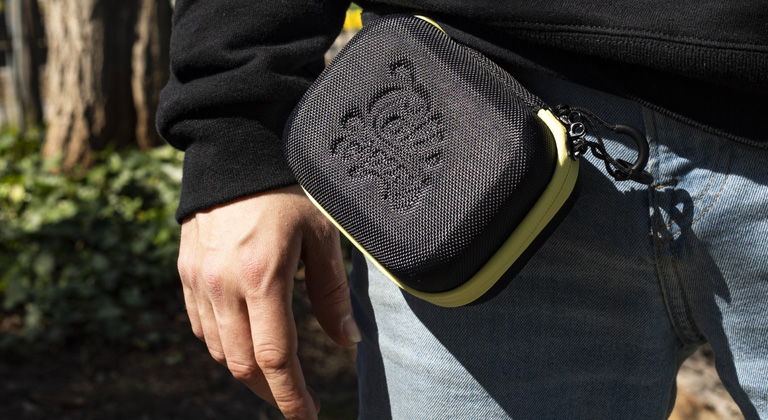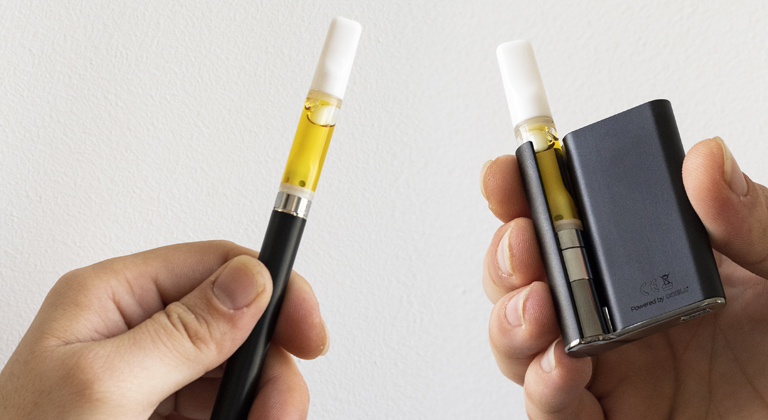You’ve probably heard about or known someone that has epilepsy at some point, but do you know what it is? Or about the new treatments involving cannabis?
CBD and Epilepsy
Epilepsy is an illness that deeply affects the nervous system when abnormal electric pulses are generated in the brain. This causes what are known as epileptic seizures; sudden seizures characterized by a loss of consciousness and intense convulsions.
Approximately 1.5% of the worlds’ population suffers from epilepsy and a third of those patients have what’s called “refractory epilepsy”, which doesn’t seem to respond to conventional medicine or treatments.
Dravet syndrome is a type of severe refractory epilepsy that tends to manifest from the first year of life onwards, and it tends to be accompanied by various seizures per day (dozes, even more than 100) that end up stopping the child’s cognitive development. Due to the health issues that this can cause, many patients never reach adulthood.
CBD for Reducing Epileptic Seizures
Various studies and investigations have proven the efficiency of CBD in order to treat epileptic seizures and many patients from around the world have a lot of positive experiences to show for it.
In a clinical trial done with two groups of patients (CBD given to one group, a placebo to the other), the conclusion was reached that cannabidiol significantly reduces seizures in patients that haven’t presented a positive reaction to conventional epilepsy treatments. In this study, the average frequency of the of seizures per month went from 12.4 to 5.9 with CBD, in comparison with a reduction from 14.9 to 14.1 using the placebo.

Charlotte Fiji, an Important Case for CBD
Less than a decade ago, the story of Charlotte Fiji, a girl from the US with Dravet syndrome whose life was saved by CBD, began to take hold of the world and it put this cannabinoid in the spotlight for both the scientific and medical community.
Thanks to this cannabinoid, Charlotte managed to go from having 300 seizures a week to just 3 a month. A report on CNN done by Dr. Sanjay Gupta made this story go viral and we heard the story from their parents, a conservative couple from Colorado, who made the decision to try CBD treatment.
Unfortunately, Charlotte passed away in 2020, it’s believed to be due to COVID19. Her legacy, however, will be around forever; thanks to her, many legal, scientific and medical advancements have been made in regards to treating Dravet syndrome using CBD, and nowadays thousands of patients benefit from it.
CBD for Improving Cognitive Improvement
One of the most common and debilitating consequences of childhood epilepsy is cognitive deterioration. This is caused by brain damage that seizures cause, as well as negative cognitive secondary effects products by anti-seizure medication and deep mood changes and mental health implications.
Unlike most other medications for epilepsy, it has been proven that CBD has neuro-protective properties, anti-inflammatory properties, anti-oxidant properties and neurogenic properties. These characteristics, alongside experiences had by consumers, suggest that CBD may have positive effects when it comes to cognitive functions, apart from its anti-seizure properties.
This is why it has turned into such an important tool for treating this illness, as children that suffer from Dravet’s syndrome develop cognitive issues.

Terpenes for Treating Epilepsy
As cannabis is being regulated on a global scale, there’s more and more information being provided about its components, and more research is being done to understand its properties and uses.
Thanks to this research we know now that not only are cannabinoids therapeutically potent, but there are also other molecules called terpenes that make up cannabis’ composition, and they also have some interesting therapeutic properties.
Terpenes, apart from being responsible for aromas and flavours in cannabis plants, have also been proven to have multiple health benefits. Limonene, for example, if a natural fungicide, and Caryophyllene has pain-relief properties.
There are various studies that indicate that certain terpenes such as Linalool can help prevent seizures – this is why terpenes need further research in order to use them alongside CBD as a treatment for infantile epilepsy.
Linalool is a great candidate when it comes to a possible medicine, although other essential oils have also been researched (which contain terpenes), such as rosemary, oak, eucalyptus, hyssop, alcanfor, and more, which have been know to actually induce epileptic seizures because they contain thujone, 1.8-cineol, alcanfor or pinocamphone, which have been identified as seizure-inducing.
A lot more research is needed to understand how it works, although it seems that these negative effects are produced by these essential oils’ capacity to modify the GABAergic neurotransmission system and its capacity to alter ionic currents in the brain.
This is why research on topics such as the potential of terpenes is incredibly important when it comes to successfully treating this illness in the right doses; correct dosage, terpene isolation and administration method could all be the key to improve the efficiency of current treatments.

Cannabis Terpenes for Improving CBD Absorption
Terpenes enter the body via different ways; through mucose in the nose or the membranes of the lungs when inhaled (this is the basis of aromatherapy), or they can also be consumed orally or even via the skin, although this is less common.
Due to the fact that we’re talking about organic compounds soluble in fat, terpenes permeate through the hemo-encephalic barrier, which is essentially a barrier that isolates the brain. It’s believed that certain terpenes such as Myrcene can not only have certain effects on the body, but can also amplify the effects produced by other compounds such as cannabinoids, as they improve their absorption.
Some consumers have reported an increase in the effects of treatment using cannabinoids such as CBD when it’s used alongside terpenes. Some have even used terpenes as a way to break the tolerance produced by continued cannabis usage; with the same dosage of terpenes alongside cannabinoids, they were able to obtain the same results as when they began the treatment.
While this particular phenomenon called the entourage effect is quite widely documented, the possibilities surrounding more research into the interaction between cannabis’s compounds and the endocannabinoid system in the body are quite interesting. It’s a field of study that is yet to be fully explored, and it seems promising when it comes to medicinal uses.

What do you think? Had you heard of Dravet’s syndrome and CBD as a possible treatment? Let us know below what you think!
Until next time!
Cali Terpenes









